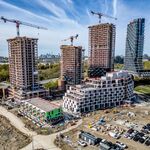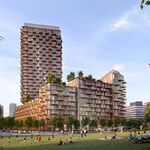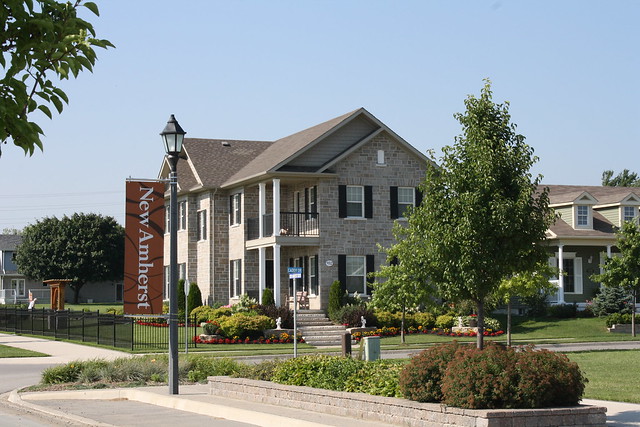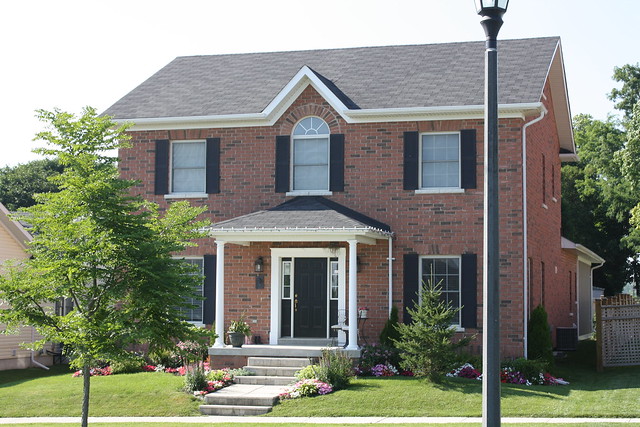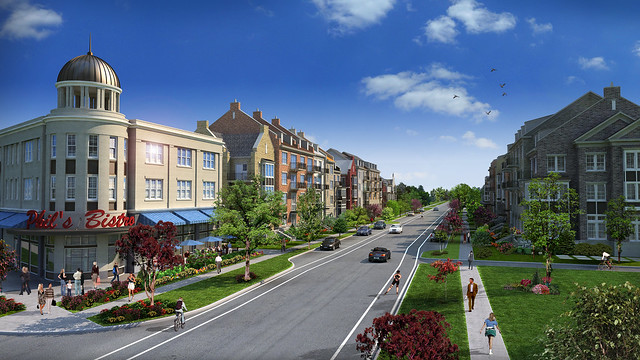Pennsylvania Avenue in Forestville, Maryland
This entry comes to us from author and transit advocate
Ben Ross. This is the same Pennsylvania Avenue that runs past the White House:

Google Street View via
Ben Ross
Cleveland’s No. 86 bus, along Route 237
This one was submitted by
Tim Kovach of Cleveland. And it actually is a bus stop, believe it or not. The only indication is a small red and blue circle mounted below the I-71 sign (you’ll probably have to zoom in to see it). It’s not at all clear what bus riders are supposed to do when they get off here. Kovach blames inadequate transit funding from the state of Ohio, which devotes just
94 cents annually per resident to transit, although nearly 1 million people across the state lack access to cars.

Google Street View via
Tim Kovach
Nashville (Bellevue) Old Hickory Boulevard and Highway 70
This entry comes to us from commenter
Coffee Partier, who says the carts are left by shoppers at a nearby Kroger who have to walk across a corner gas station to get to the bus. Extra points for the interrupted bike lane.

Photo via
Coffee Partier
Dallas — South Great Trinity Forest Way
Commenter
AW82 writes:
This stop has no sidewalk, bench, or shelter. It is along an at-grade state highway with a 50 mph speed limit. Moderately-dense (for Dallas) apartments are across the road. The nearest marked crosswalk (or controlled intersection, for that matter) is 1 mile to the east.

Google Street View via commenter
Aw82
Baton Rouge
This beauty was submitted by Janet LaFleur via
Twitter, with this caveat:
I’d nominate this one in Baton Rouge except they removed it. Now it’s a one-third-mile walk to next stop.

Google Street View via
Janet Lafleur
Encinitas, California
This one comes from
@imboande on Twitter, who succinctly sums up the progression from bad to worse:
A year prior, it had a bench.

Photo via
@imboande
Houston – 20th Street and Durham
Christopher Andrews in Houston
says of this bus stop:
This is an intersection that, as a result of System Reimagining, will be a transfer point between two frequent routes: 20 Cavalcade (which will provide a connection to the Red Line light rail) and the new 50 Route… There’s no bus shelter, trash receptacle, light or bench. Houston’s sun, heat and sudden downpours can make waiting for a connecting bus a very unpleasant experience. There are also no crosswalk signals and inadequate crosswalk painting in all of the crosswalks. In a city that’s ruled by cars, pedestrians should have all the protection they can get if they must cross major thoroughfares to access frequent transit routes and transfer points.

Photo via
Christopher Andrews
St. Louis County
This comes to us via Alex Ihnen of
NextSTL, who writes:
Short of a bus stop actually in a traffic lane, this must be the worst.

Photo via
NextSTL
